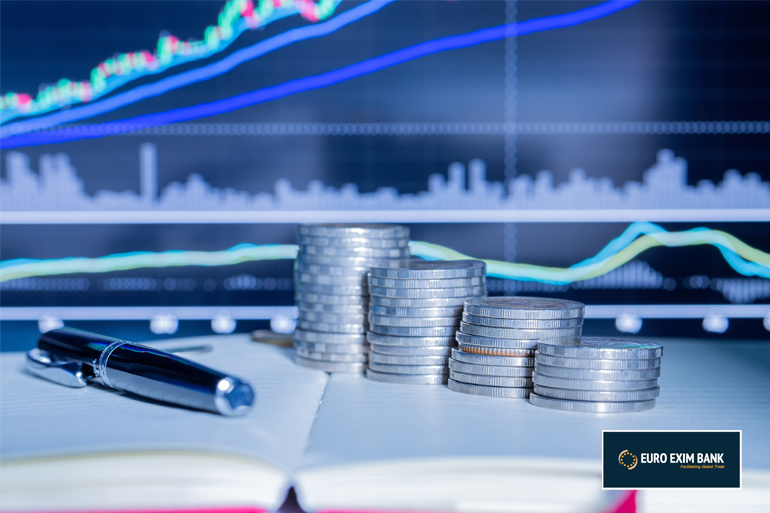In financial trading, leverage is the great multiplier. A double-edged sword that can multiply both your returns and your losses. Therefore, it is necessary to understand leverage in order to use it effectively and responsibly to enhance your returns while minimizing your losses.
What is Leverage?
It is credit, provided to you by your broker when you place trades. It thus allows you to control a significantly larger position than you would using your own capital alone. The debt will be settled when your trade is closed. Any losses or gains accrue to your capital only; the broker will recover the full amount they provided to you as leverage, regardless of the trade outcome.
Consider a situation where you open an account with USD 1,000. Without leverage, you can open a position worth a maximum of 1,000 USD. So, say for example you wished to buy gold, you could only buy USD 1,000 worth of gold. Thus, a USD 10 movement in either direction would mean a 1% gain or loss on your trade.
Using leverage, however, it becomes possible to control bigger positions. Depending on your broker and its regulatory jurisdiction, leverage values can range from 1:5 to 1:1000. Thus, with a leverage of say 1:100, you can open a gold position worth USD 100,000 using only your initial deposit of USD 1,000 (100 times 1,000 is 100,000). Now, a USD 10 movement in the asset price will cause you a 100% gain or loss on your trade.
If it is not already obvious, blindly trading with leverage will ensure that you blow up your account shortly, possibly even immediately. Thus, when used it must be used responsibly.
Using Leverage
Here are some examples of the responsible use of leverage:
Multiple Positions: Leverage allows you to open multiple positions with much less capital. Using the USD 1,000 account as an example, say you have taken a position in gold, but then realize that there is also an opportunity in EUR/USD or some other asset. Without leverage, you cannot take advantage of that opportunity. However, with leverage, it is possible. Thus, with leverage, you could perhaps now control a USD 1,000 position each in gold and EUR/USD.
Less Capital at Risk: Say you have USD 100,000 in trading capital. Depositing that whole sum with a broker is risky. What if the broker goes belly up? Thus, leverage can be used to protect your capital, by depositing say only USD 10,000 with the broker but executing trades based on your total USD 100,000 capital. By doing so, in this case, you are also limiting your loss to a maximum of USD 10,000 (10% of capital) in the event of a black swan event.
Profiting Off of Small Movements: Some traders will look to profit off of small movements in price. For example, a potential 10 USD movement in the price of gold. In such an event, the actual nominal value of the profit may be small but can be multiplied to a significant value using leverage, while limiting the downside using a stop-loss order.
Cautions
There other ways in which leverage can be used and its applications are only limited by the imagination of the trader. However, leverage must be used very responsibly in order to prevent the loss of all your capital or even more than that. Money management, margin call limits, the right strategies, trading rules, and brokers are also critical to making leverage work for you, which are all beyond the scope of this article.

